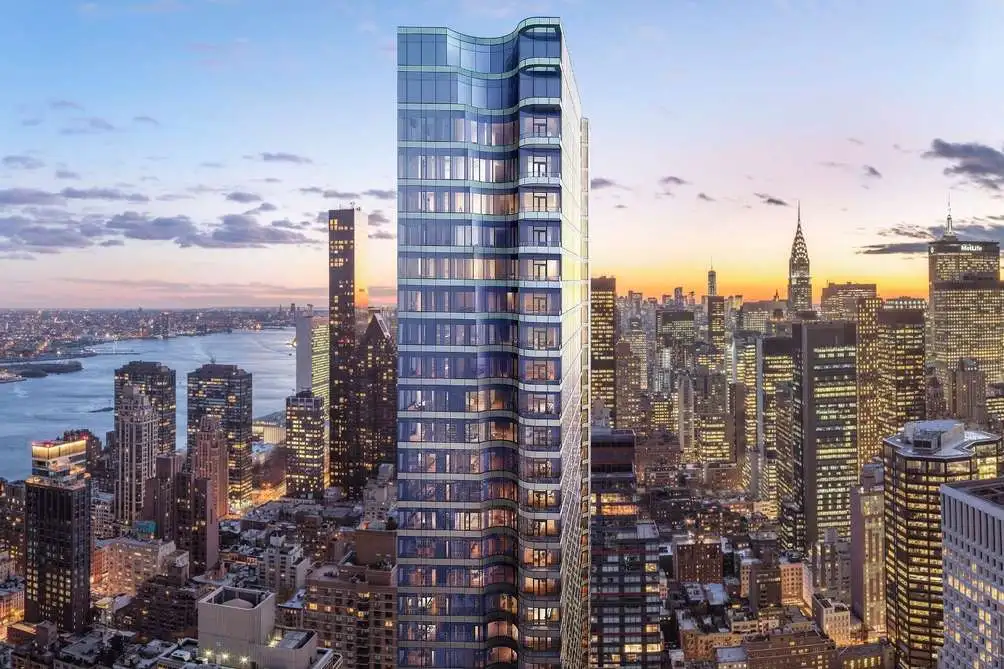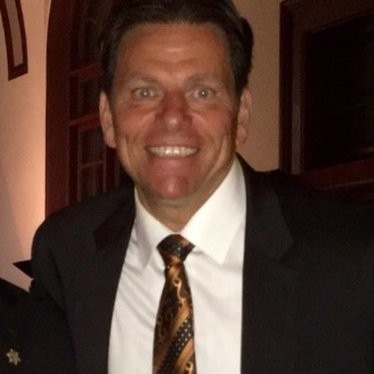
$165,917
Year 1 Actual Savings
181 Tons
Annual Reduced CO2 Emissions
252 East 57th Street is a NYC condo and rental building with Water Source Heat Pumps & 4-pipe Fan Coils.

“Parity has from the beginning, from the first time I met them, been extraordinary. They delivered everything they promised. And that’s a rarity…Local Law 97 was a big factor but saving money is always sexy.”
Gene Kastner
Resident Manager
252 East 57th Street is a luxury NYC high-rise condo and rental building with advanced HVAC systems. In 2016, the building was performing in the bottom 5% of New York City buildings in terms of energy efficiency. They were facing annual emission penalties estimated at $65,000 by 2030.
Gene, the former Resident Manager, referred us to the former board president Dan Donnelly. Dan wanted a high-level yet technical overview of Parity. He’s been super involved with LL97 prep and building/HVAC efficiency. Dan was very keen on automation and he took the building as far as he could with the existing building staff and Building Management System (BMS). He was aware of the advances in building automation and wanted 252 East 57th Street to have the newest tech.
The large limitation and problem was in the operation of their HVAC system. Parity was able to fill in that gap with our control optimization software. We saved the building $165,917 in utility bills in the first year. The key to the success was maximizing evaporative over mechanical cooling, also known as free cooling. We also adjusted the building’s make-up air units and the domestic hot water preheating system to meet demand more accurately. These modifications, along with our on-site training for building staff and residents, transformed the building’s energy efficiency.
The project also included a large upgrade to their existing BMS.
Year 1 Actual Savings
Annual Reduced CO2 Emissions
Reduced Exposure to LL97 Fines